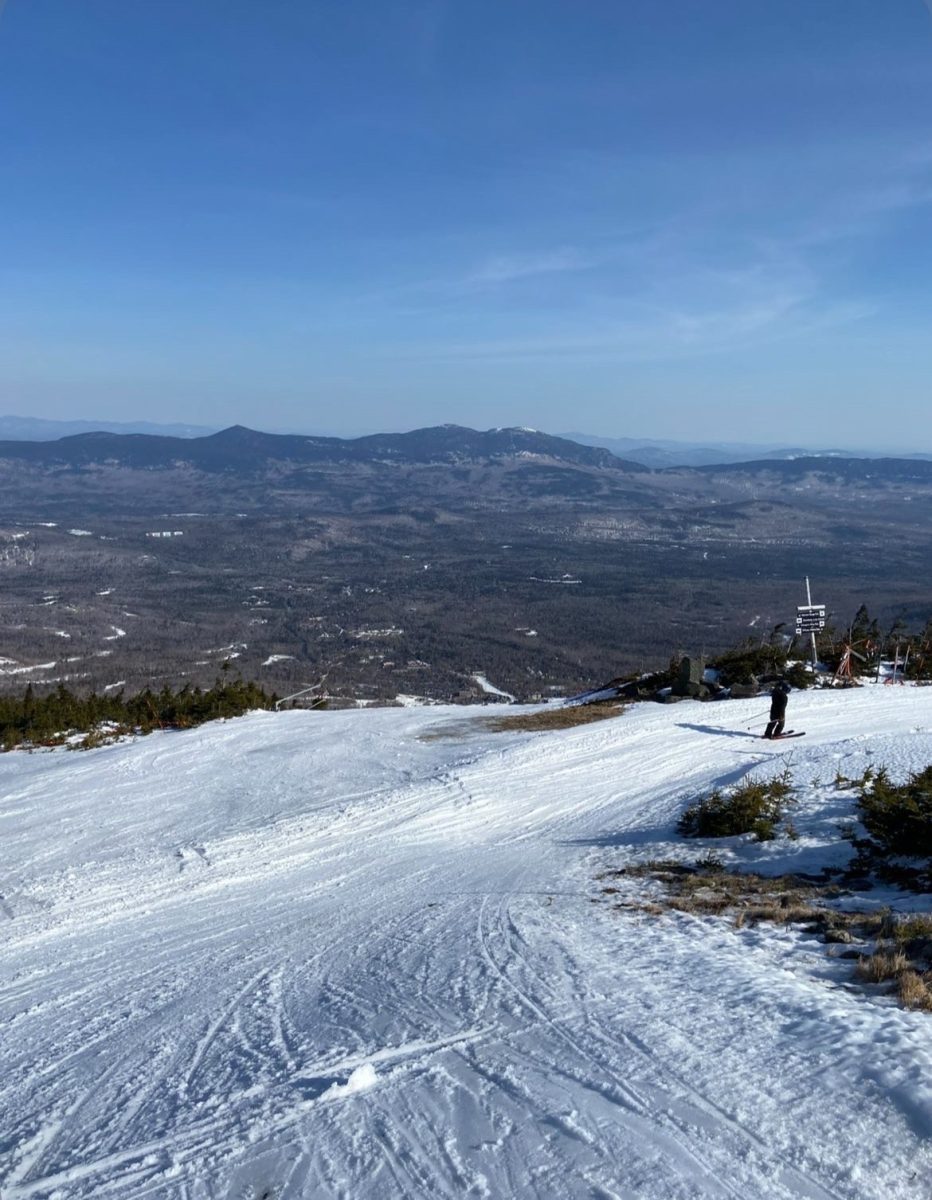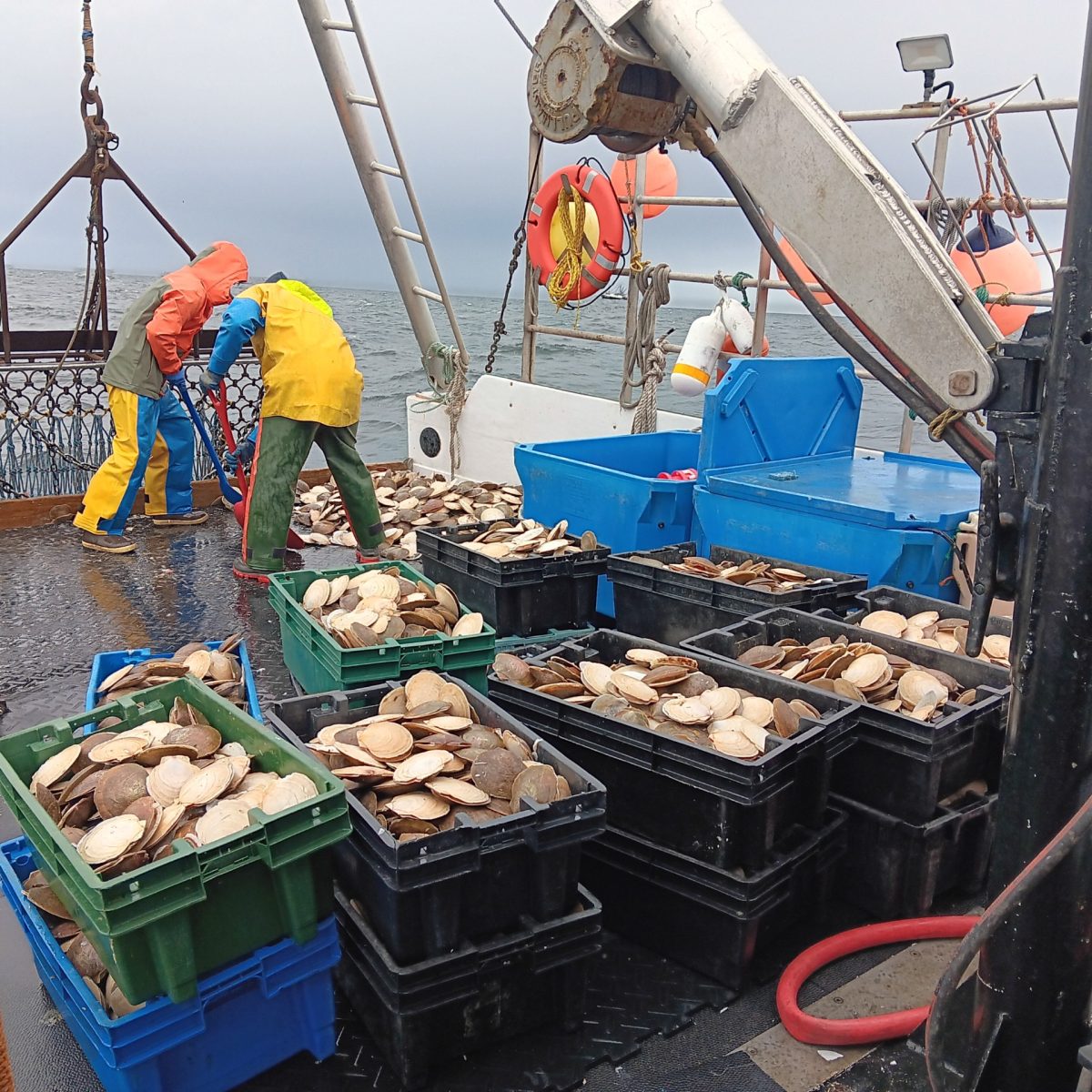The frosty air and thick layers of snow that once defined New England winters have recently been, well, bare. You would think that New England’s Januarys are a winter wonderland every day; however, rising temperatures and New Hampshire’s current drought are making this dream out of our reach.
As the effects of climate change escalate, temperatures in New England continue to climb. “When you look at the monthly temperatures for the entirety of New England, January 2023 was the warmest January we’ve seen since record-keeping began in earnest in 1895,” stated Elizabeth Burakowski, an assistant professor at the University of New Hampshire, in an article from the New Hampshire Bulletin.
Rising temperatures impact the economy in more ways than one. Snow sports have a significant impact on New Hampshire by attracting tourists, creating jobs for locals, and generating revenue for local businesses. For mountains to be beneficial economically, they have to be open for at least 100 days each year, according to the United States Environmental Protection Agency. According to the EPA, many mountains in New England are failing to meet this requirement, and some are losing money each season.
According to Climatecentral.org, resorts use millions of dollars to keep their snow machines updated at the perfect temperature to make artificial snow. They have to think critically about how to use their time and money due to climate change.
Mountains are forced to use artificial snow just to stay afloat; however, artificial snow doesn’t mean powder every day. Artificial snow is a mist of water that freezes across the area, forming snow. For the snow to form, the air has to be below 30 degrees Fahrenheit. National Geographic stated that by 2050, mountains with an elevation of 1,200 meters or lower will be forced to rely on artificial snow if they want to stay in business or remain open.
Even once the resorts cover their mountains in fake snow, they still aren’t guaranteed business. Jessyca Keeler, President of Ski New Hampshire, said in a NHPR article that the “backyard effect” contributes to the lack of skiers. The backyard effect is that if you don’t see piles of snow in your backyard, you assume there aren’t piles of snow on the mountain, so you don’t go skiing.
The inability to make enough snow early in the season not only disturbs resorts but also local ski teams. Page Wittnebert, a senior on the Portsmouth High School ski team, discussed how it is rare for the team to start training before their first race in January. Wittnebert also stated that around 2-3 trainings get canceled a year due to a lack of snow.
Jack Martin, a junior on the PHS ski team stated “the lack of snow fall takes away potential for many skiers.”
Tamara Carragin, who runs the PHS ski club and is a Visual Arts teacher at PHS, stated that lots of trails are closed when she brings the club to the mountains.
When she was asked about changes she had noticed in our community she stated, “we would have a snow day the first week of December and that’s just not the case now”.
Some measures mountain businesses can take to mitigate the impact of climate change include investing in energy-efficient snow cannons and utilizing the mountain for additional activities in other seasons. According to Mount Sunapee’s website, they already implemented this and offer mini golf, chairlift rides, and disc golf, hiking, and other events during the summer season.
Some may say climate change is influencing New England’s identity and threatening snow sports in future decades. In an article for National Geographic, Charlie Cotton, who is the founder of carbon-measuring company Ecollective, stated, “We need more businesses committing to reducing their yearly emissions, and we need those already doing so to ramp up the amounts they’re currently reducing their footprint by.”












